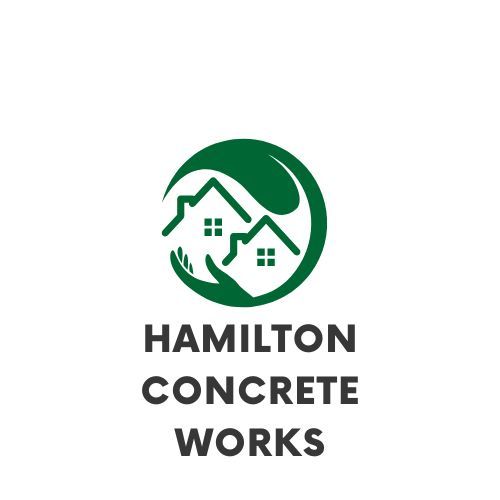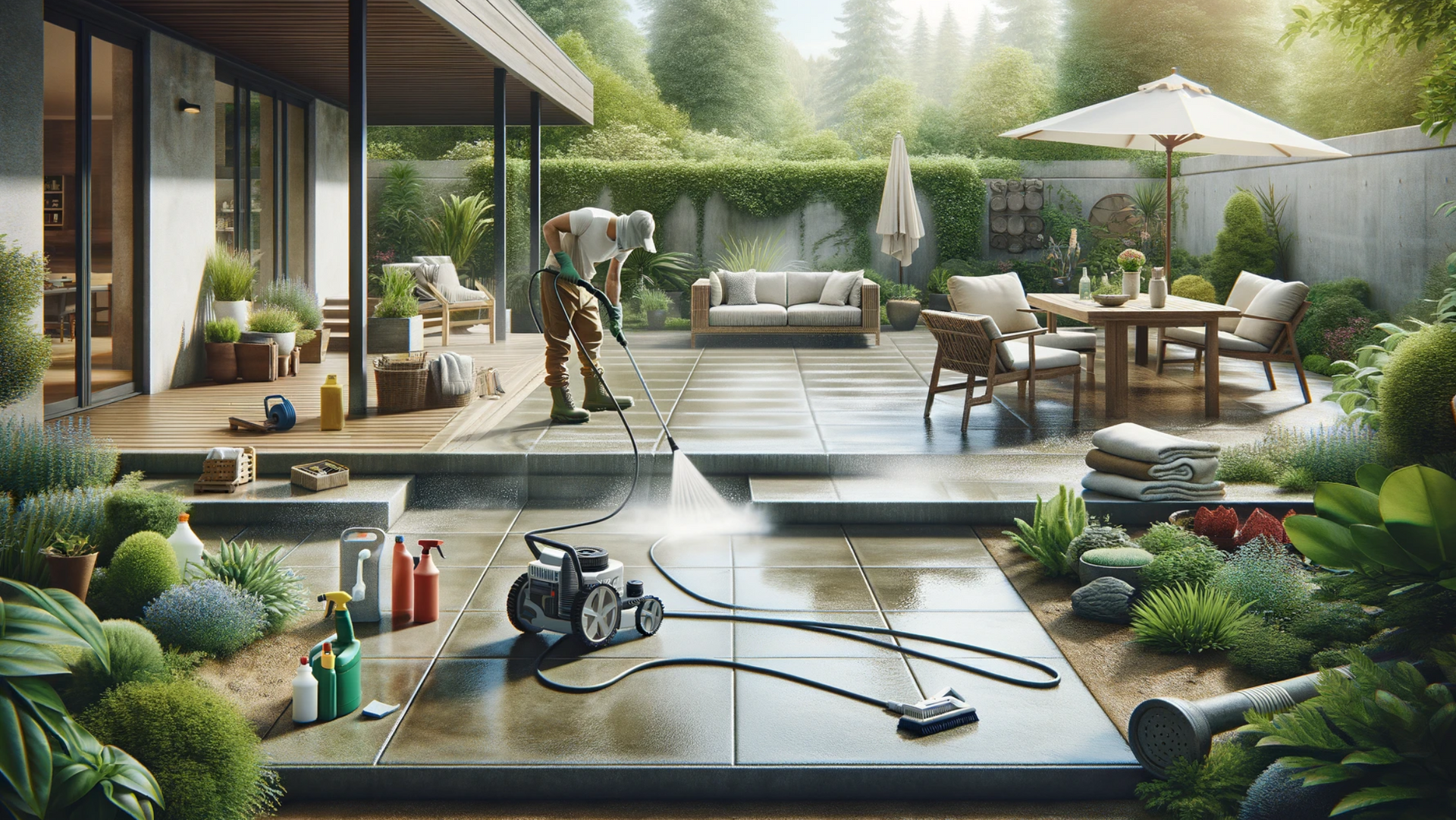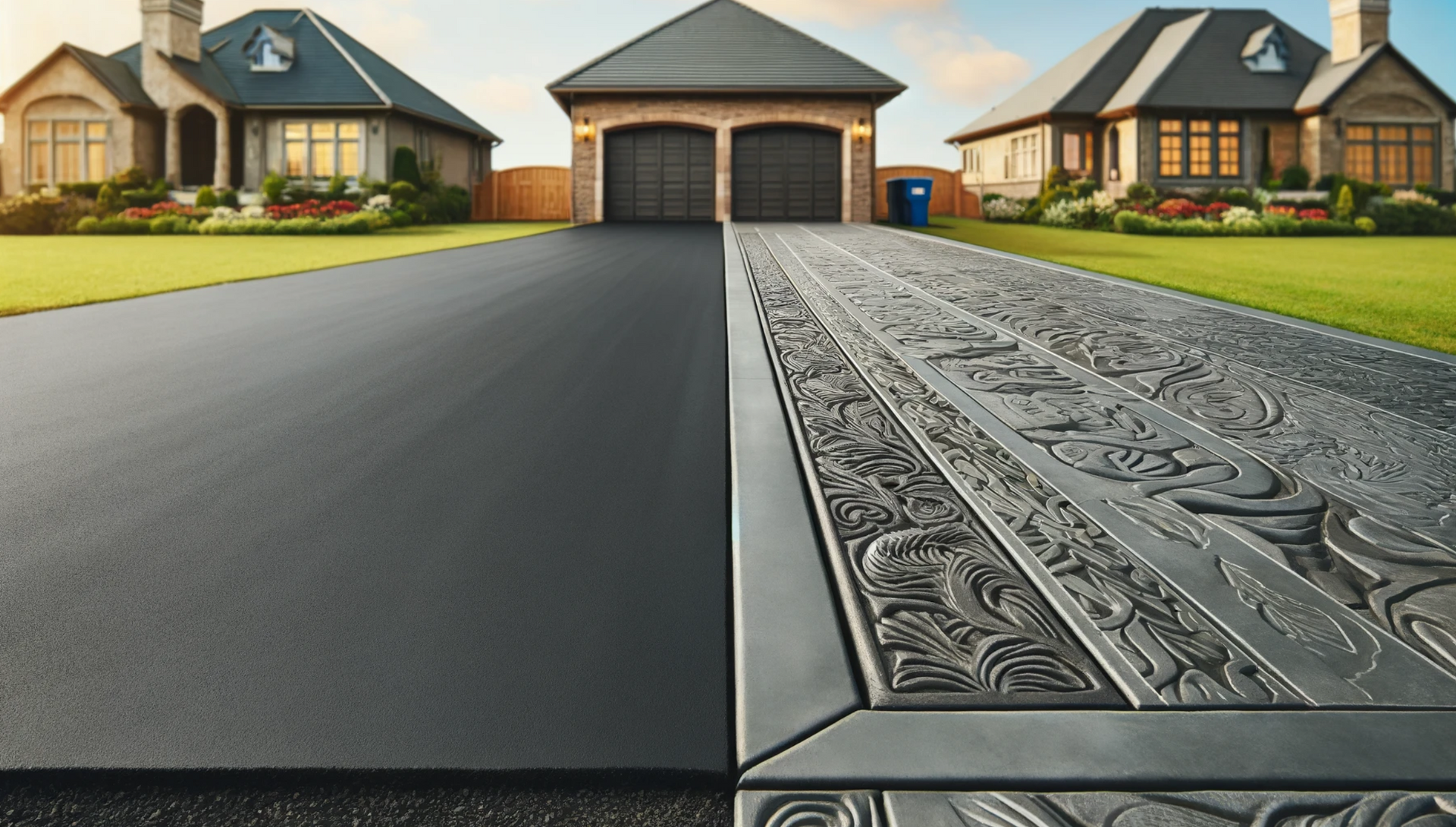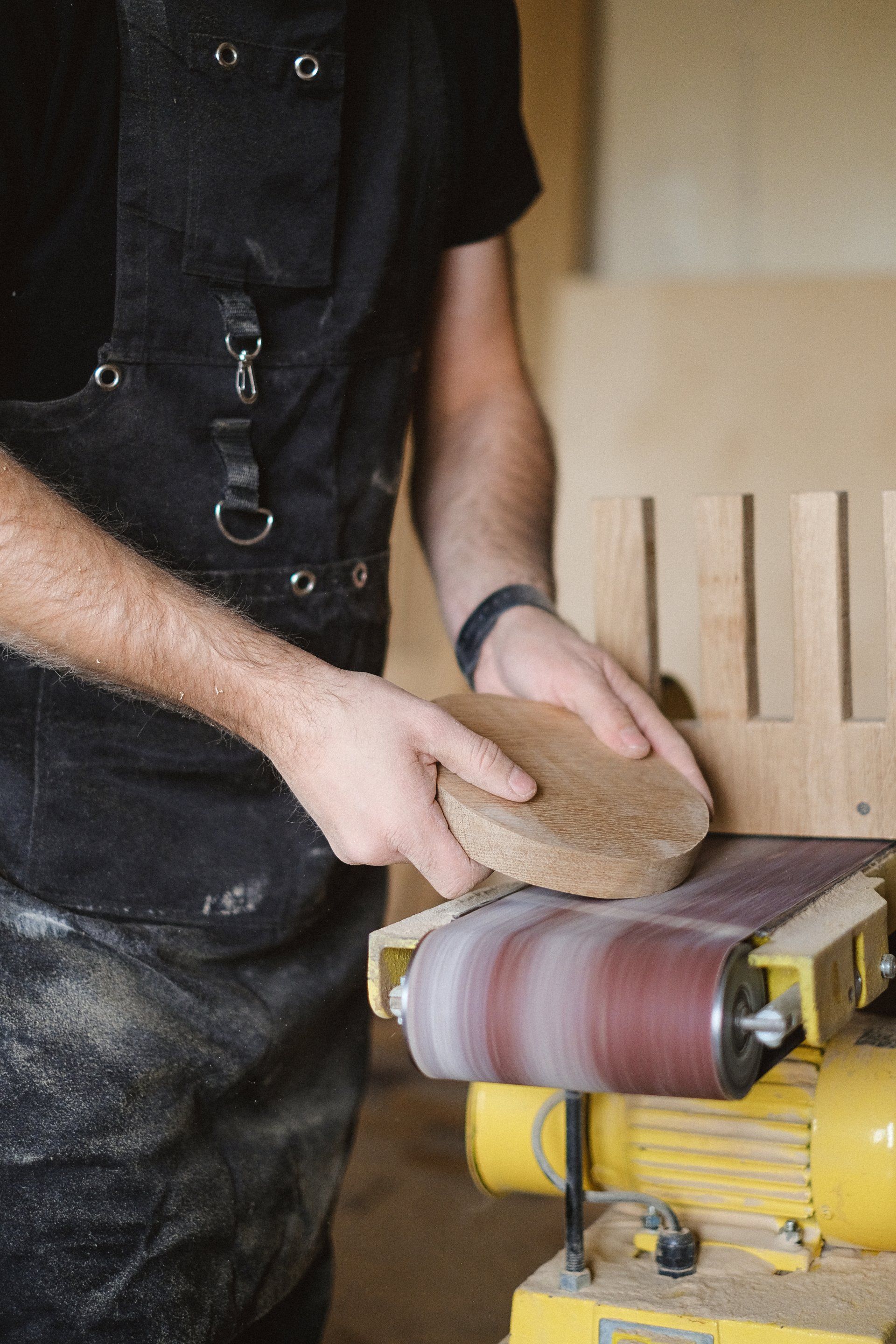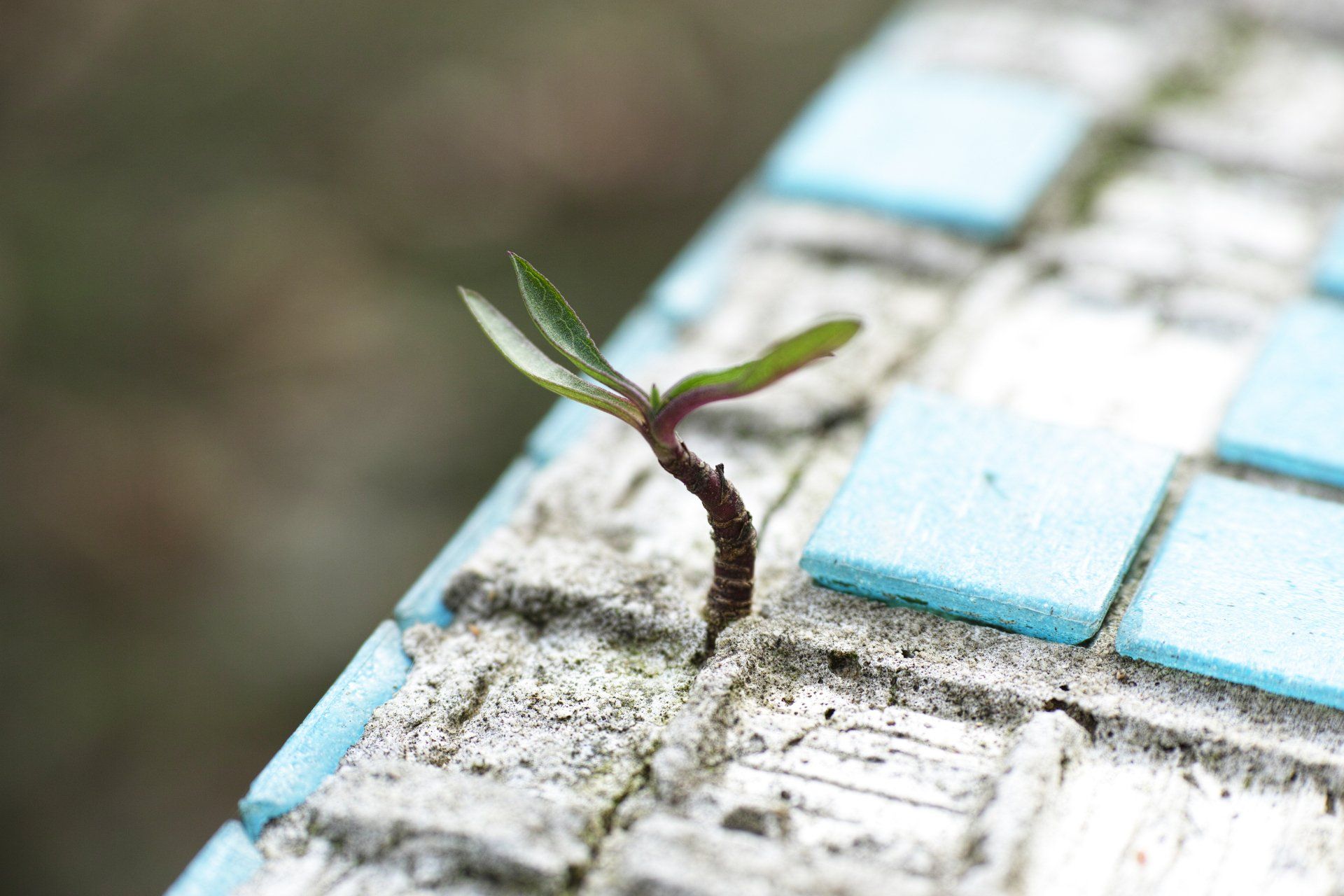How to Properly Maintain and Extend the Lifespan of Your Concrete Patio

Your concrete patio is not only a valuable addition to your home but also a place where you can relax, entertain guests, and enjoy outdoor activities. However, to ensure its longevity and keep it in optimal condition, proper maintenance is crucial. In this comprehensive guide, we will provide you with valuable tips and techniques to help you maintain and extend the lifespan of your concrete patio. By following these steps, you can ensure that your patio remains functional and visually appealing for years to come.
1. Regular Cleaning
Regular cleaning is essential to prevent the accumulation of dirt, grime, and stains on your concrete patio. Start by sweeping the surface to remove loose debris. Then, use a pressure washer or a garden hose with a high-pressure nozzle to thoroughly clean the patio. Be sure to pay attention to any stains or areas of discoloration.
For stubborn stains, such as oil or grease marks, use a specialized concrete cleaner or a mixture of water and mild detergent. Scrub the affected areas gently with a stiff brush and rinse thoroughly. Avoid using harsh chemicals or abrasive cleaners, as they can damage the concrete surface.
2. Sealing the Concrete
Sealing your concrete patio is a crucial step in protecting it from the damaging effects of moisture, harsh weather conditions, and UV rays. A high-quality concrete sealer forms a protective barrier that helps prevent water absorption and minimizes the risk of cracks and surface deterioration.
Before applying a sealer, ensure that your patio is clean and dry. Follow the manufacturer's instructions for the specific sealer you choose, as application methods may vary. Generally, you will need a roller or sprayer to evenly distribute the sealer across the surface. Apply multiple thin coats for optimal results, allowing each coat to dry completely before applying the next.
3. Repairing Cracks and Damage
Over time, your concrete patio may develop cracks or minor damage due to various factors such as freeze-thaw cycles, heavy loads, or natural settling. It's crucial to address these issues promptly to prevent further deterioration.
For small cracks, you can use a concrete patching compound or a concrete repair caulk. Clean the crack thoroughly, removing any loose debris or particles. Apply the patching compound or caulk into the crack, smoothing it out with a putty knife or trowel. Allow it to dry and cure according to the product instructions.
For larger cracks or significant damage, it's recommended to consult a professional concrete contractor who can assess the situation and provide appropriate repair solutions.
4. Preventing Water Accumulation
Proper drainage is essential to prevent water from pooling on your concrete patio, as excess moisture can lead to various issues such as mold growth, surface deterioration, and even structural damage. Here are a few steps to ensure effective water drainage:
a. Ensure Adequate Slope
During the initial installation or renovation of your patio, ensure that it has a slight slope away from your home. This slope will allow water to flow naturally and prevent it from pooling on the surface. If your patio lacks proper slope, consider consulting a professional to rectify the issue.
b. Install a Drainage System
In areas prone to heavy rainfall or if your patio is situated in a low-lying area, installing a drainage system can help manage water effectively. A French drain or a surface drain can collect excess water and redirect it away from the patio. Consult a professional for proper installation and to determine the best drainage solution for your specific needs.
5. Protecting from Extreme Weather
Extreme weather conditions, such as freezing temperatures or scorching heat, can take a toll on your concrete patio. To protect it from such conditions:
a. Winter Care
In colder regions, it's important to prepare your patio for the winter months. Remove any furniture or items from the surface and store them indoors to prevent potential damage. Applying a layer of ice melt or deicer on the patio before a snowstorm can help prevent the formation of ice and minimize the risk of slips and falls.
b. Shade and UV Protection
Prolonged exposure to direct sunlight can cause the concrete surface to fade and deteriorate over time. Consider installing patio umbrellas, shade sails, or awnings to provide shade and protect your patio from harmful UV rays. Additionally, using a UV-resistant concrete sealer can offer extra protection against sun damage.
Conclusion
By following these essential maintenance tips, you can ensure the longevity and optimal condition of your concrete patio. Regular cleaning, proper sealing, prompt repair of cracks and damage, effective water drainage, and protection from extreme weather conditions are key factors in extending the lifespan of your patio. Remember to perform these maintenance tasks regularly and consult professionals when necessary. With proper care, your concrete patio will remain a beautiful and functional outdoor space for you to enjoy for years to come.
e.
Are Ready To Work With HAMILTON CONCRETE WORKS?
Let's get in touch!
Send us a message and we’ll be in touch.
Or give us a call today at 289-204-1632

